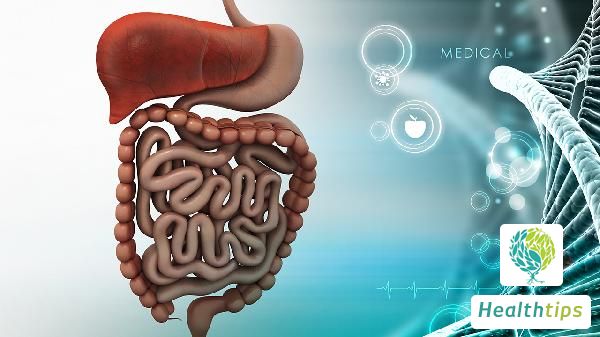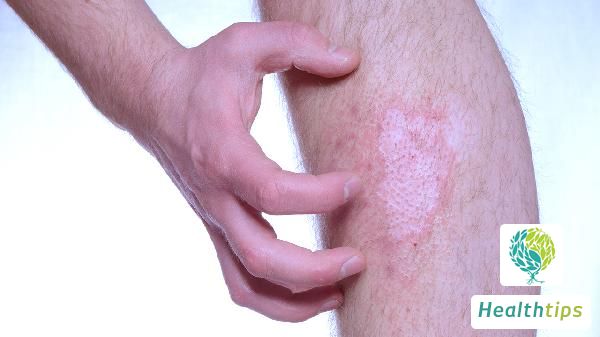How to Treat Thin Endometrium?
Thin endometrium can be treated through dietary adjustment, medication, physiotherapy, and other methods. The treatment approach should be determined based on the specific condition of the patient's endometrium. The treatment methods for thin endometrium include:

1. Dietary Adjustment: For patients with a thin endometrium, appropriate nutrient intake can help increase its thickness. It is recommended to consume more foods rich in Vitamin E, B vitamins, folic acid, iron, and other nutrients, such as green leafy vegetables, fruits, whole grains, meat, and eggs.
2. Medication: By taking estrogens orally, applying them topically, or inserting them vaginally, as well as consuming traditional Chinese medicine, the thickness of the endometrium can be increased, and its receptivity improved. After ovulation, oral progesterone capsules, dydrogesterone tablets, traditional Chinese medicine, and vaginal progesterone suppositories can be used to transform the endometrium into a form more conducive to conception, thereby facilitating the implantation of the fertilized egg.
3. Physiotherapy: For patients who do not respond to the aforementioned treatments, they can visit the hospital for acupuncture and massage by professional doctors. This can stimulate meridians and acupuncture points, promote blood circulation, improve the nutritional supply to the endometrium, and potentially increase its thickness.
Precautions for Thin Endometrium: Besides the relatively common treatment methods mentioned above, surgical intervention is also an option. If other symptoms of discomfort appear during the period of thin endometrium, patients should promptly visit the hospital for relevant examinations and follow the doctor's instructions for treatment.



















